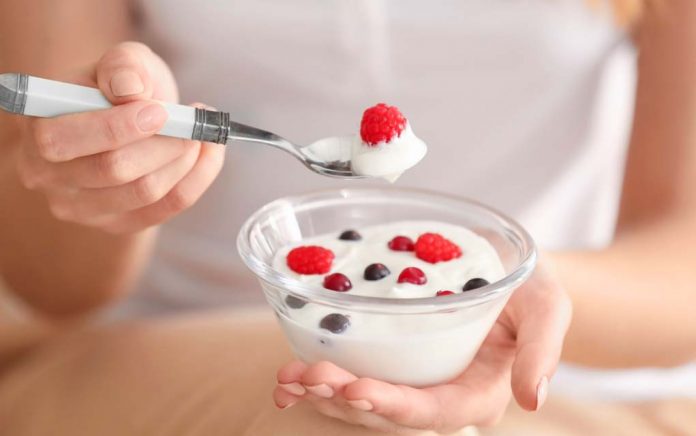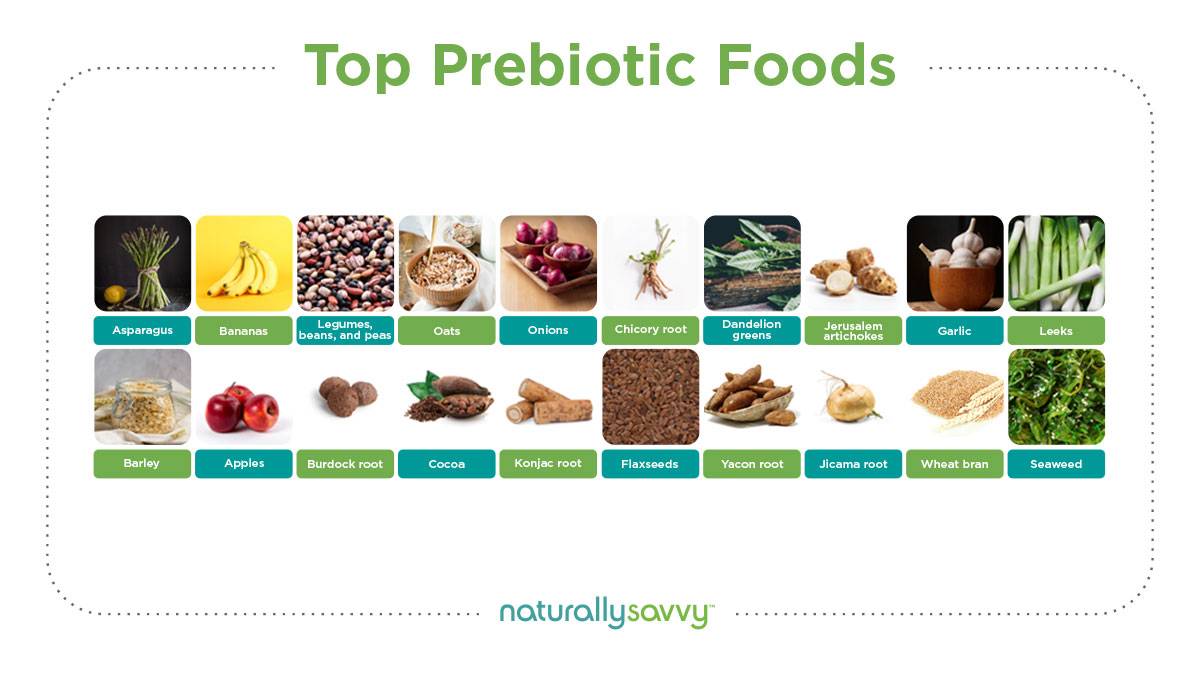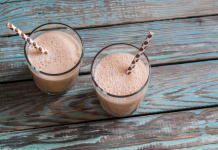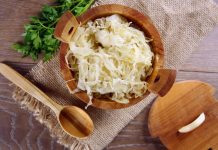
The terms “probiotic” and “prebiotic” show up frequently on food labels, television commercials, and health articles. It is apparent they are associated with good health, but most people don’t know the difference between them or what they really are.
Probiotics
Probiotics are foods and supplements containing beneficial bacterial cultures to help the body’s naturally occurring intestinal flora re-establish themselves. Hundreds of bacterial strains inhabit the human colon. Some are more important (and much more beneficial) than others. The strains currently living in one’s colon are largely determined by one’s diet. Sugar and an excess of simple starches (like white bread) encourage the spread of unhealthy intestinal microorganisms. Reducing these foods and introducing probiotic foods helps maintain a healthy balance.
Read more about how to eat your probiotics
Human studies show that regular use of probiotic foods or supplements can aid the digestion of foods (particularly milk and dairy products) and improve the overall state of the colon, treat diarrhea, irritable bowel syndrome, and candidiasis. Additionally, probiotics (and prebiotics, as you'll learn) enhance mineral absorption, reduce cholesterol (by breaking down bile in the colon and inhibiting its re-absorption into the blood), and strengthen the immune system.
The best-known example of probiotic food is yogurt. Other fermented foods containing similar bacteria include pickled vegetables, tempeh, miso, kefir, kombucha, sauerkraut, and soy sauce. Include these foods in your diet regularly. Lactic acid bacteria are the most common types of probiotics available in supplement form. The most widely used strains are Lactobacillus and Bifidobacterium. They can convert sugars (including lactose, or milk sugar) into lactic acid. The fermentation gives yogurt its sour taste and provides the health benefits probiotics are known for. Probiotic supplements are recommended after a course of antibiotics and are part of the treatment for candidiasis.
Prebiotics
Prebiotics are indigestible plant fibers that feed the beneficial microflora (probiotics) living in the large intestine, helping them to grow and thrive. The key prebiotics are fructooligosaccharides (FOS) and galactooligosaccharides, both short-chained carbohydrates known as oligosaccharides. A current trend is to add prebiotics to foods for added health benefits.
You’ve probably noticed inulin – a type of soluble fiber and a prebiotic – listed on food labels for yogurt, bread, pasta, cereals, and many other foods, including pet food. Inulin cannot be digested by human digestive enzymes and reaches the large intestine intact, making it an excellent fiber source. In addition to its prebiotic effects, inulin’s soluble fibers help to bind cholesterol, excess fat, and hormones (like estrogen) removing them from the body via the stool. Inulin is usually extracted from chicory root but is also found in Jerusalem artichoke, jicama, onions, asparagus, raw oats, unrefined wheat, and barley.
Both probiotics and prebiotics are important for good intestinal health. Whether they are derived from natural foods, supplements, or both, be sure to include them as a regular part of your diet.

READ MORE: 5 Tips for Creating a Healthy Microbiome










